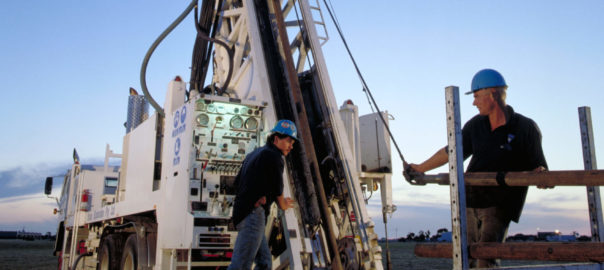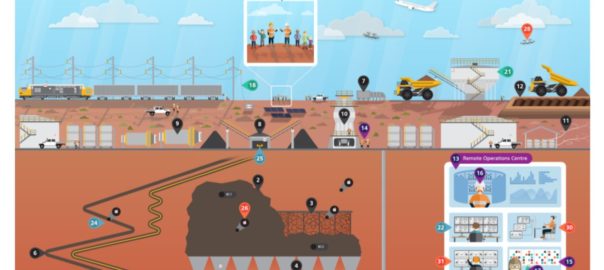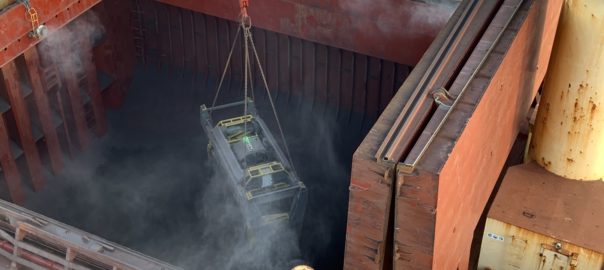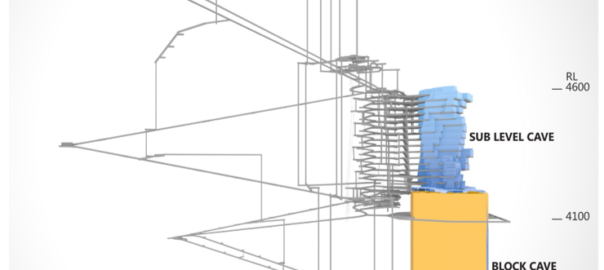Unearthed Solutions says scores of multi-billion-dollar mining projects could be ignited following the results of an international challenge to unlock the potential of South Australia’s resource-rich Gawler region.
ExploreSA: The Gawler Challenge, run by the South Australian Government and innovation specialists Unearthed Solutions, had a total prize pool of A$250,000 ($183,249) and attracted broad domestic and international interest.
Using the Geological Survey of South Australia’s (GSSA) historical records, primary data and research, the competition combines geological expertise with new mathematical, machine learning and artificial intelligence to increase the number of potential drill targets across central South Australia, Unearthed says.
Buoyed by its success, the South Australia Government has allocated an additional A$5 million from the Economic and Business Growth Fund to the GSSA to flesh out the winning concepts into prospects for exploration companies to make the next big discovery, Unearthed said.
Minister for Energy and Mining, Dan van Holst Pellekaan, said he was pleased to congratulate the first prize winner, Per-OZ, for its innovative entry which brings together traditional geology, machine learning, advancing modelling, and precision drilling.
“Team Per-OZ, short for Peru/Australia, is a collaborative effort by Dr Paul Pearson from Latin Global and Dr John McLellan from GMEX who both specialise in structural geology, prospectivity analysis, data science, machine learning and modelling,” van Holst Pellekaan said.
“The judging panel chose the solution presented by Per-OZ as the best overall submission due to their unique methodology which could help geologists in the field find that needle in the haystack. Their unique approach may put us one step closer to uncovering new economic mineral deposits in one of the most significant iron oxide copper-gold regions in the world.”
He added: “By looking at traditional geology with techniques from other disciplines, we can peer into the depths of the earth in a new way, and might just uncover the next Olympic Dam or Carrapateena.”
The Minister for Energy and Mining added that the competition drew around 2,200 data specialists from more than 100 countries to interrogate massive holdings of new and historical data held by the GSSA across the Gawler Craton.
“Globally, it’s becoming harder to find new mineral deposits, and the next generation of discoveries will need to go beyond traditional geology,” he said.
“The analysis of this information treasure trove by data and geoscientists in just five months is an amazing leap forward in the use of artificial intelligence, machine-learning algorithms and alternative mathematical data analysis for the mining sector.
“The GSSA will use this new funding to develop, validate, and deliver publicly available Next Generation Mineral Systems maps for explorers.”

Unearthed Solutions Director, Justin Strharsky (pictured), said “ExploreSA: The Gawler Challenge is a clear demonstration of the South Australian industry’s commitment to harnessing the power of data.
“The world is more interconnected than ever, and the Gawler Challenge has shown that the future will be shaped by those who embrace innovation and collaboration. South Australia is set to reap huge economic benefits and is sending a positive, forward-thinking message to students and international investors that this is where the future lays.
“All mineral targets, models and data will be made publicly available to encourage companies to explore for new deposits in the Gawler region, reinforcing South Australia’s reputation as the centre of mining excellence and innovation in Australia,” he said.
The category winners for ExploreSA: The Gawler Challenge are:
• Overall Winning Submission Per-OZ (A$100,000 prize);
• Runner Up Caldera Analytics (A$50,000 prize);
• Undercover Award DeMIST (A$15,000 prize);
• Rock Licker Award Jack Maughan (A$15,000 prize);
• Future Data Award Sam Bost (A$15,000 prize);
• Breaking New Ground Award Avant Data Solutions (A$15,000 prize); and
• Student Prize Sparveon (A$20,000 prize)
Unearthed Solutions has compiled all targets generated by the challenge into an interactive map, which can be found on the Unearthed website from 16 September 2020.










